What is a complete protein? Everything you wanted to know about it but were afraid to ask. This post is all about demystifying it and how to consume it.
We have all heard about this protein in conversations and wonder what it means.
This post is going to do a deep dive into this not-well-known, often-misunderstood protein.
Get the complete picture of complete protein.
DISCLAIMER: I am not a dietician, nutritionist, or health professional. This post is a gathering of my research over the last few years after suffering a health crisis.
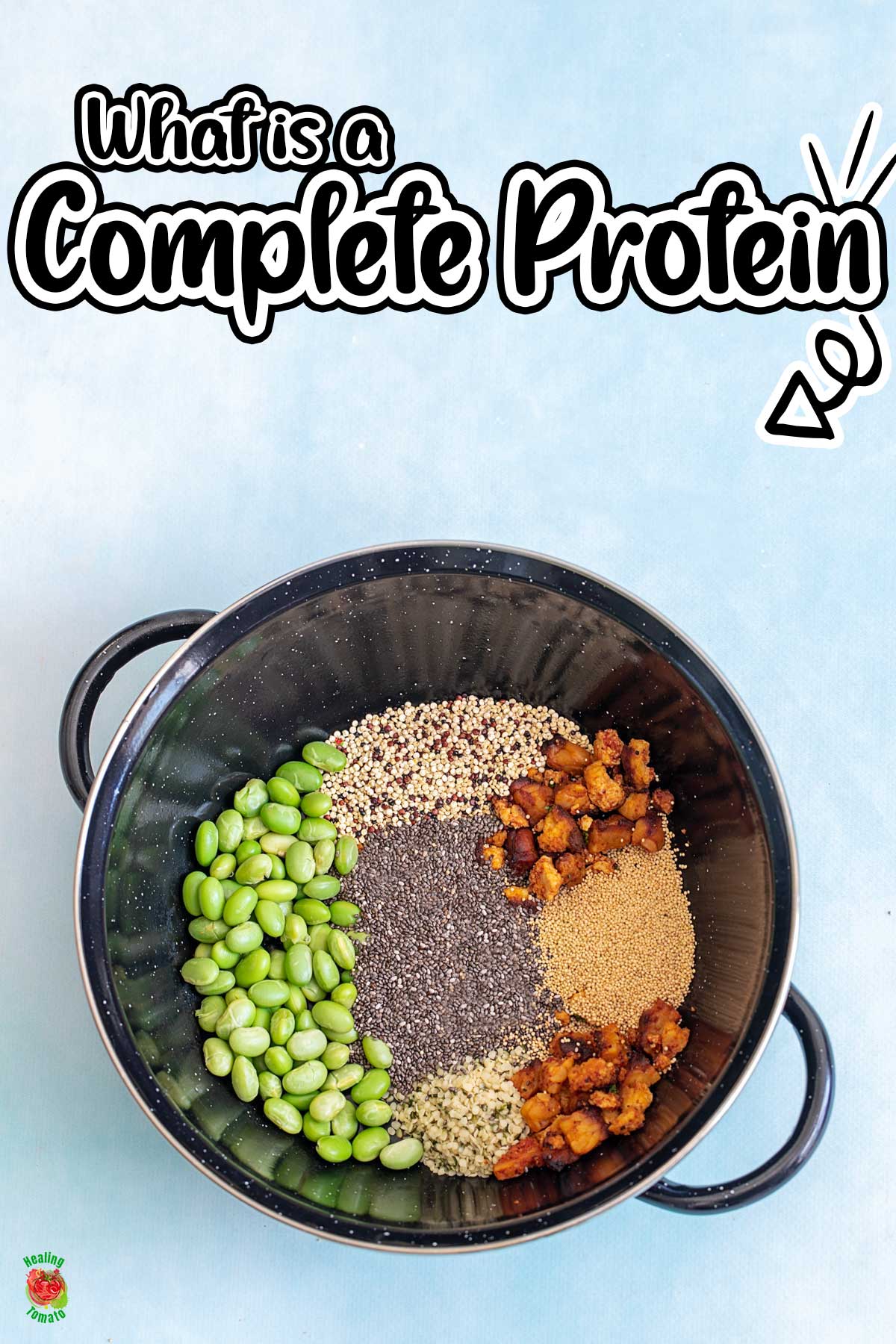
Understanding complete proteins
Complete proteins are the bare essentials of amino acids that are considered the building blocks of the body. These blocks help build strong muscles.
Amino acids are vital for the manufacturing of body proteins. It’s also essential for making compounds like peptide hormones, creatine, and chemical signals.
They are essential because your body cannot make them and so, they have to be acquired from an external source. Foods high in these amino acids will help your body get them.
Out of the 20 amino acids, there are 9 essential amino acids. Any ingredient that has these 9 essential amino acids is considered to be a complete protein.
Without a good intake of these complete proteins, you start to lose muscle mass, are slower to process information, and feel lethargic most of the time. It also affects your sleep and concentration.
Source: Nih.gov and conversations with nutritionists.
👩🍳 Amino acids info: There are 20 amino acids out of which 9 are considered essential amino acids. These 9 amino acids help build and retain muscles.
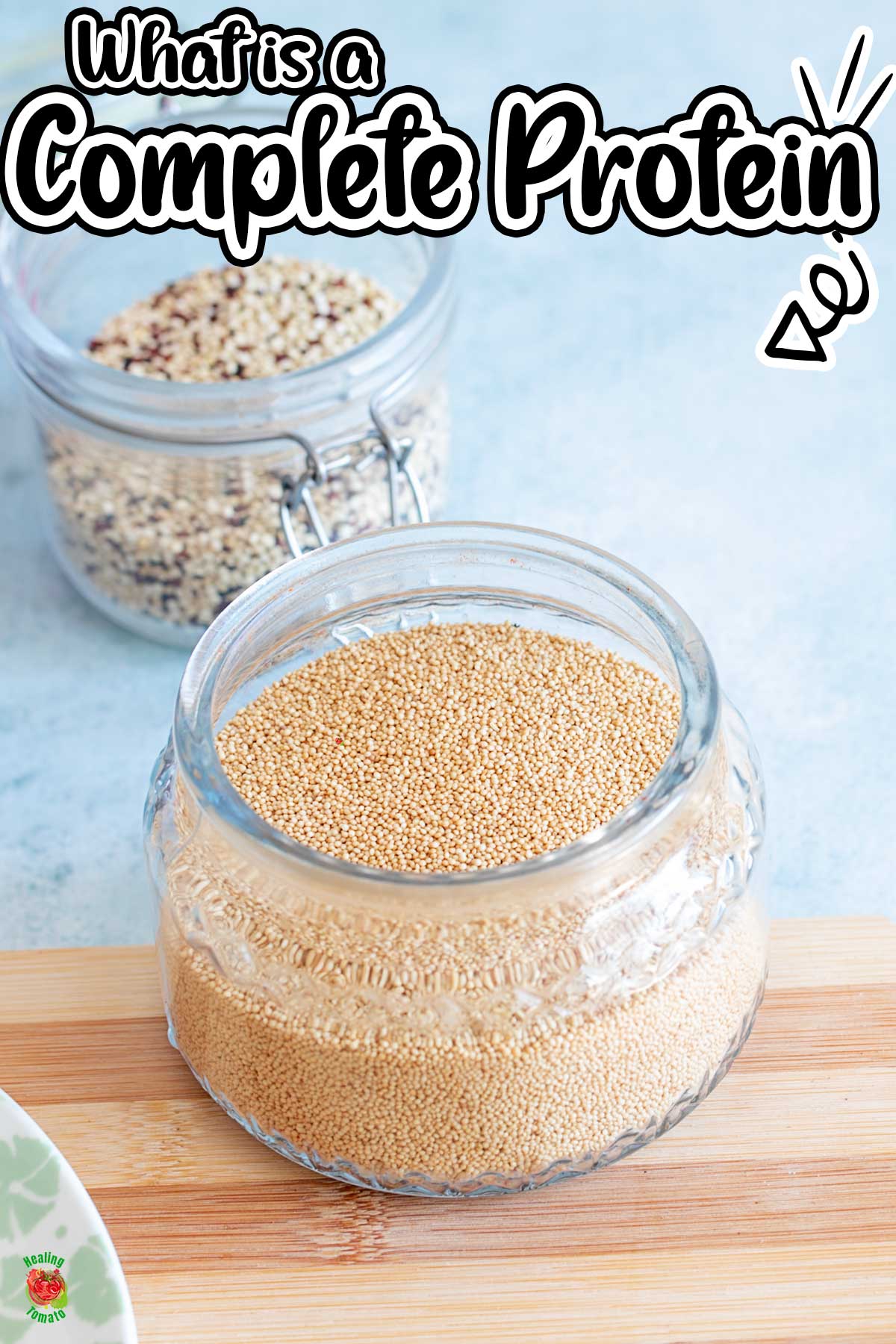
What are the essential amino acids
- Histidine
- Isoleucine
- Leucine
- Lysine
- Methionine
- Phenylalanine
- Threonine
- Tryptophane
- Valine
Source: MedlinePlus.gov
The protein consumption formula
What is the most common protein question people ask? It’s how much protein to consume.
Here is the basic formula: 0.36 * (your weight in LBs) = Total no. of protein.
So, if you weigh 150 lbs, you need a minimum of 54g of protein for the day (0.36*150=54g).
If you are on the metric system, for every KG you weigh, you have to eat 0.8g of protein. For example, if you weigh 81 kg, you need to eat about 65g of protein a day.
When you calculate your protein and it comes out to 200g+ and you find that difficult to do, change the weight to your ideal body weight. If you weigh 220lbs, set your ideal weight to 180lbs and calculate.
Remember, that this is the bare minimum of protein. If you are very active, you are pregnant or you are going through menopause, your intake will need to be higher.
Source: Dr. Berg, Mayo Clinic and Harvard Health.
∑ Protein consumption formula: 0.36 * Your weight in Pounds = your minimum daily protein intake. For the Metric system – 0.8g * your weight in KG = your minimum daily protein intake.
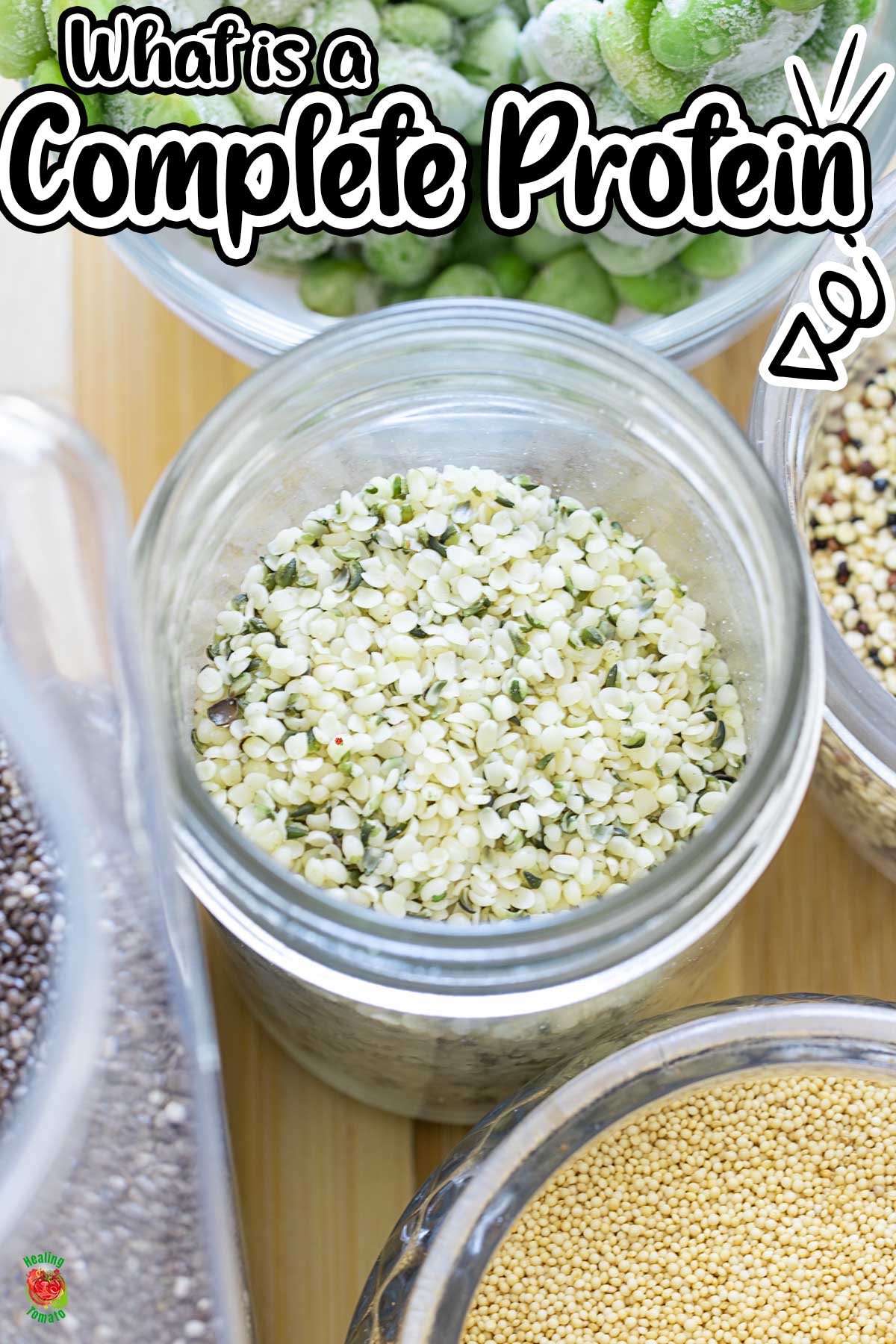
How much protein to consume with each meal?
The human body can only absorb about 20-30g of protein per meal. Any extra protein is converted to fat/energy or removed through urine.
So, if you decide to consume all your protein in one meal, it will be pointless. Only a portion of that protein will be absorbed. You will be putting your body through stress to process all the protein at once.
For best absorption chances, divide the protein by 3 and consume that amount per meal.
This will help your body absorb enough protein per meal and also not put your body through too much strain.
If you are vegan, I have a list of 8 great sources of complete protein. Check it out and let me know how you like it.
Source: StrengthLog, Nih.gov, and SFGate.com. Also, conversation with Lara Clevenger.
🧪 Absorption info: Your body can only absorb about 20-30g of protein per meal. The rest is converted to energy/fat or excreted.
Factors in Protein absorption
The quality of the complete protein you consume is the number one factor in how much is absorbed. Most of the protein in an egg is absorbed by the body and turned into muscle mass.
Look for ingredients that have all 9 amino acids. This will maximize your absorption and help build your muscles.
Other factors that may hinder protein absorption include:
- The type of gut bacteria.
- The health of your small intestines.
- How long do you chew your food
- What you eat with your protein. Carbs should be avoided when consuming a protein meal.
- When you consume the protein.
- Your biological age. The older you get, the harder it is to absorb protein.
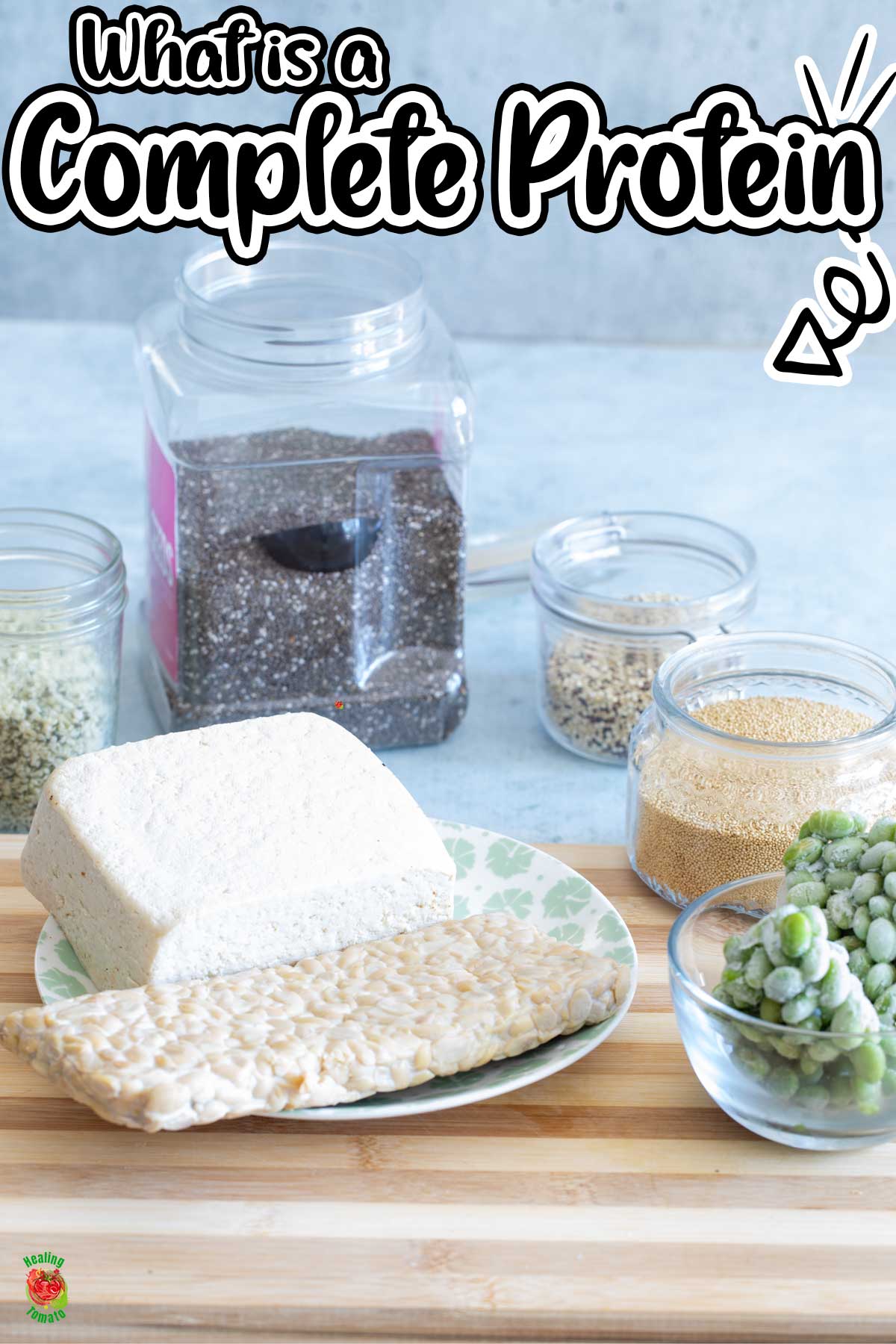
✅ Handy Tip: Your age and your gut health are a huge factor in your absorption rate. Adding fermented foods is essential for your gut.
How to absorb it more efficiently
- Consume foods rich in all 9 essential amino acids.
- Eat fat with your protein.
- Eat a small amount of protein with each meal.
- Do regular strength training and be active.
- Include fermented foods in your diet like sauerkraut and kimchi.
Signs of too much protein
Yes, it is possible to consume too much protein. Most people will consume a huge amount of protein in one meal. Also, if you are not a very active person, your body has to find ways of using up that extra protein. Here are just some of the signs to look for.
- Indigestion.
- Feeling tired without any reason.
- Dehydration.
- Headaches.
Source: MedicalNewsToday.com and SCLHealth.com.
Incomplete proteins
Incomplete proteins are proteins that have only some of the 9 essential amino acids. So, for example, chickpeas are considered to be an incomplete protein because they don’t have Methionine.
Does that mean that you shouldn’t consume chickpeas? Not at all. They have a good amount of other amino acids, so you don’t need to throw out the baby with the bathwater!
The best way to consume incomplete proteins is to pair them with ingredients that have the missing amino acids.
Here is my favorite example: Consuming chickpeas with Brazil nuts which have a high amount of methionine.
Pair lentils with brown rice for the best protein content. I like pairing lentils with feta cheese which is a complete protein.
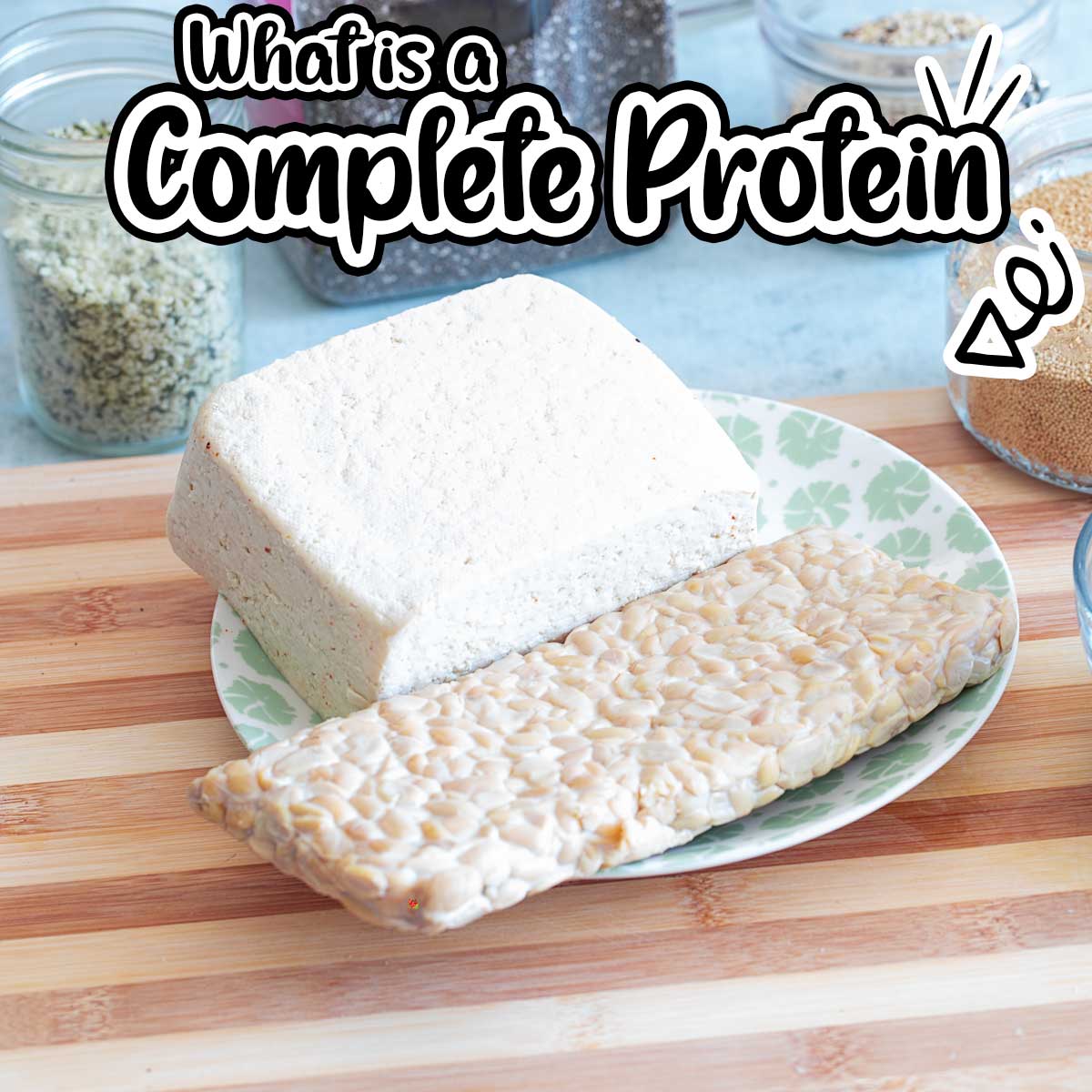
♊️ Substitution tip: Pair your incomplete proteins with other ingredients that contain the missing amino acids. For example, pair chickpeas (low in methionine) with Brazil nuts (high in methionine).
Examples of incomplete proteins
- Chickpeas – very low in methionine.
- Lentils – low in methionine.
- Black beans – low in methionine.
- Flax seeds – low in leucine, lysine, and methionine.
- Brown rice – low in lysine.
- Pumpkin seeds – Methionine and Tryptophan.
Source: Amino.com, Welleco.com and VegFAQs.com
Why I wrote this post!
The main reason I wrote this post is that there is a lot of misconception about complete proteins, especially in the vegan and vegetarian communities.
I was one of those who didn’t understand it completely, until late 2019, when I fell ill!
This led me into a 2 year deep dive into understanding food and its impact on the body. That’s when I learned just how important protein is to the body.
One of the most important parts of consuming it is very simple. Consume the right protein types and pair them with foods that will maximize the absorption.
For a peri- and post-menopause person, protein is essential. It plays a huge part in holding on to the muscles I already have.
Here is part of my conversation with Lara Clevengar. “when we’re younger our body is more capable of maintaining muscle mass on less than adequate protein intake. As we age our body is less resilient and has higher protein intake requirements to maintain lean body mass”
“With the elderly, they have increased needs to fight sarcopenia/age-related muscle loss. The study recommends that a leucine intake of 3 g at three main meals together with 25–30 g of protein is the goal to be achieved to counteract loss of lean mass in the elderly. “
Lara Clevenger is an MSH, RDN, CPT (Registered and Licensed Dietitian and Personal Trainer). She blogs at LaraClevenger.com.
🩺 Handy Tip: Always consult a registered dietician to get help on the best nutrition options customized to your body.
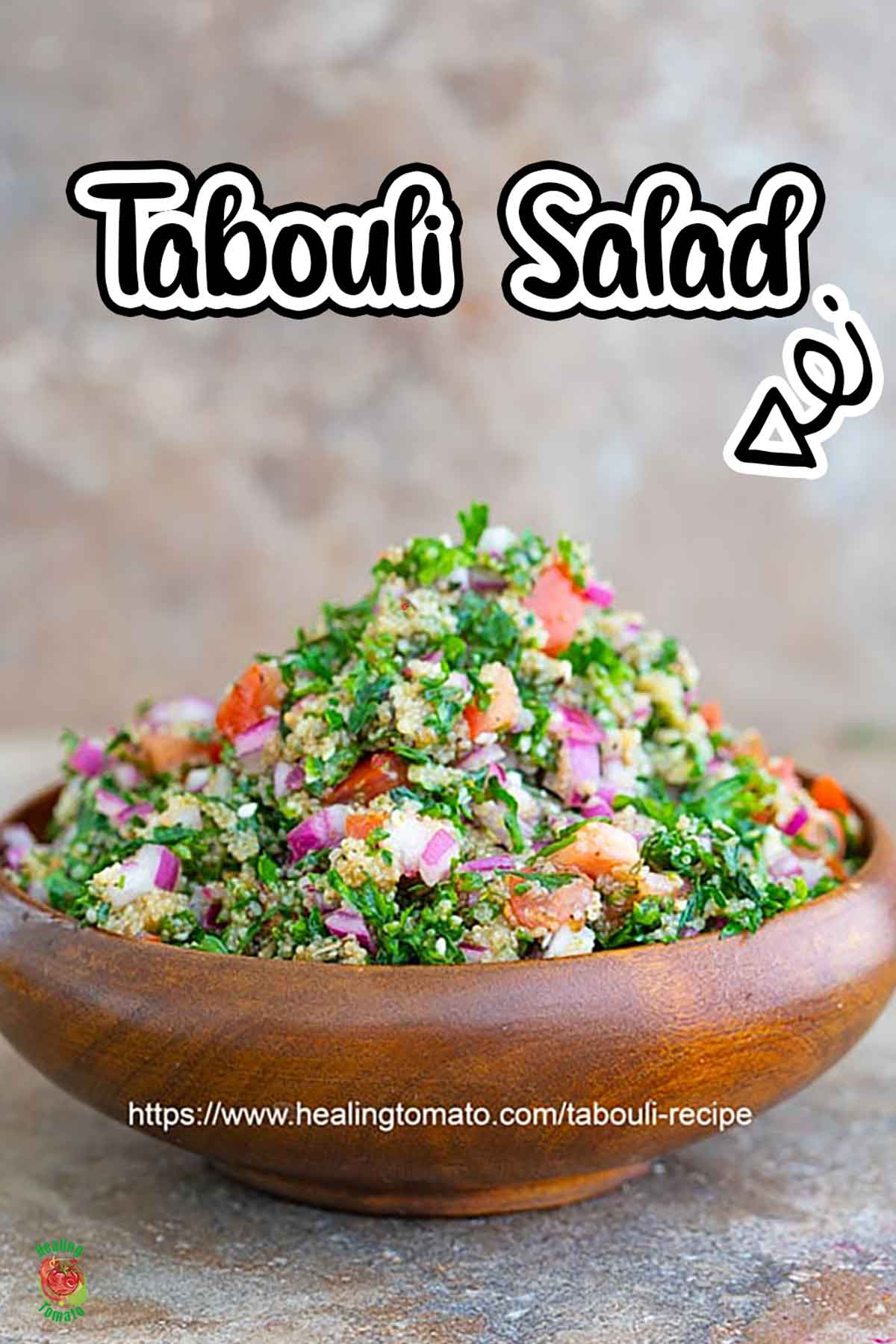
Answering Common Questions
A complete protein is a food item that has all nine of the essential amino acids that are considered the building blocks for humans. Out of the profile of 20 amino acids, there are 9 amino acids that can’t be made by the human body. This means that you have to get it from your diet. Chia seeds, for example, are a complete protein because they have all 9 essential amino acids. Make these easy chia balls to help get your protein.
Building blocks are what your body needs to keep your body running and growing. They are CRUCIAL for building muscles, skin elasticity, and bone support.
– Histidine
– Isoleucine
– Leucine
– Lysine
– Methionine
– Phenylalanine
– Threonine
– Tryptophan
– Valine
Source: MedlinePlus.gov
Your building blocks rely heavily on amino acids. Without these acids, your body starts to break down muscles, your skin starts to sag and your bones begin to lose support and density. This makes you more prone to brittle bones.
The building blocks help keep your body running and growing.
Try these protein recipes
- Edamame is a complete protein source that I love to eat at least 3 times a week.
- Avocado tomato salad is made with chia seeds which is also a great source.
- Tofu is a vegan/vegetarian best choice.
- Air fryer tempeh marinated in a black bean sauce is the perfect vegan/vegetarian/keto source of protein.
- Arugula salad with tofu is paired with the best ingredients to maximize absorption.
- Instant pot quinoa soup is a super easy way to get your RDA.
- Amaranth grain is a great source of complete protein which I like to put into a tabouli salad.
More research sources
These links were provided by Lara Clevenger and other nutritionists. It’s further research that will help you make the best food choices every day.
- Protein Requirements and Recommendations for Older People – https://www.mdpi.com/2072-6643/7/8/5311
- Protein Consumption and the Elderly – https://www.mdpi.com/2072-6643/8/6/359
- Efficacy and Safety of Leucine Supplementation in the Elderly – https://academic.oup.com/jn/article/146/12/2625S/4589970
- Protein Consumption and the Elderly – https://www.ncbi.nlm.nih.gov/pmc/articles/PMC4924200/
- Where to Find Leucine in Food – https://www.ncbi.nlm.nih.gov/pmc/articles/PMC7874106/
- Links between Dietary Protein Sources, the Gut Microbiota, and Obesity – https://www.frontiersin.org/articles/10.3389/fphys.2017.01047/full
- Fermentation: The New Game-Changer For Alternative Proteins? – https://www.forbes.com/sites/briankateman/2021/06/07/fermentation-the-new-game-changer-for-alternative-proteins/
Sharing is caring
Don’t be shy, chime in below in the comments. Let me hear your opinion on this recipe. If you find this information useful, please share it on Facebook, Pinterest, Twitter, and Instagram. Send it to someone who you think might benefit from the information.

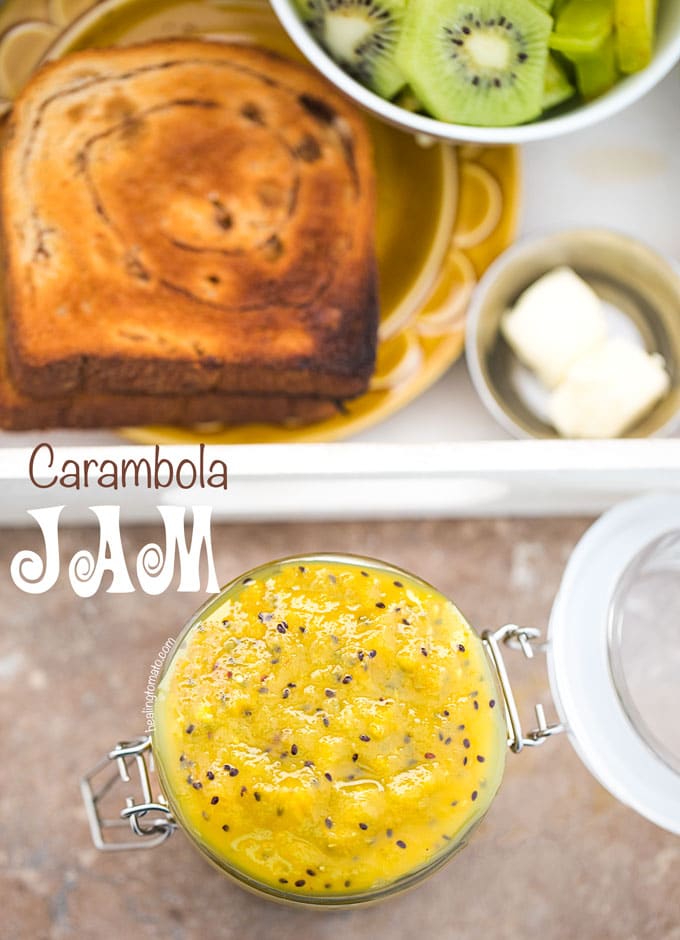
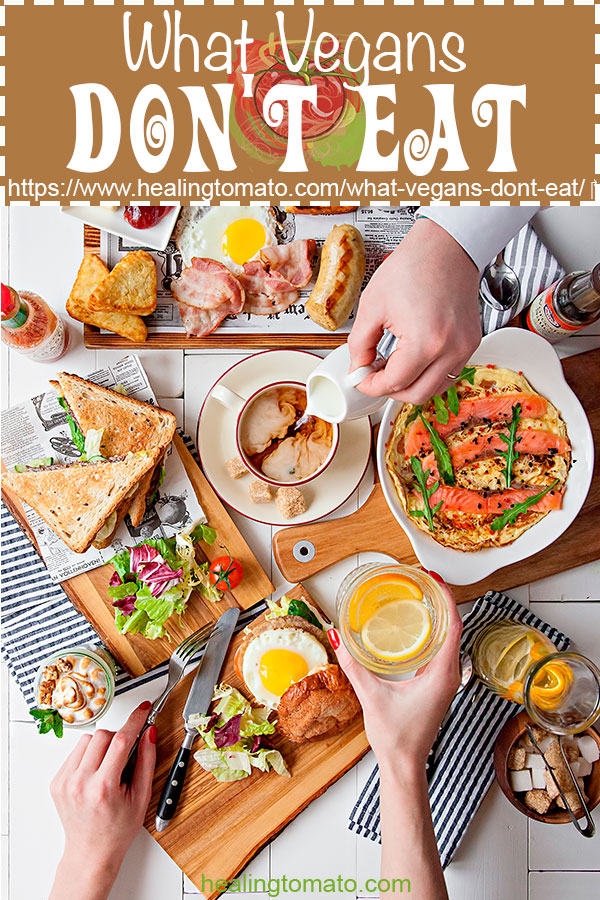
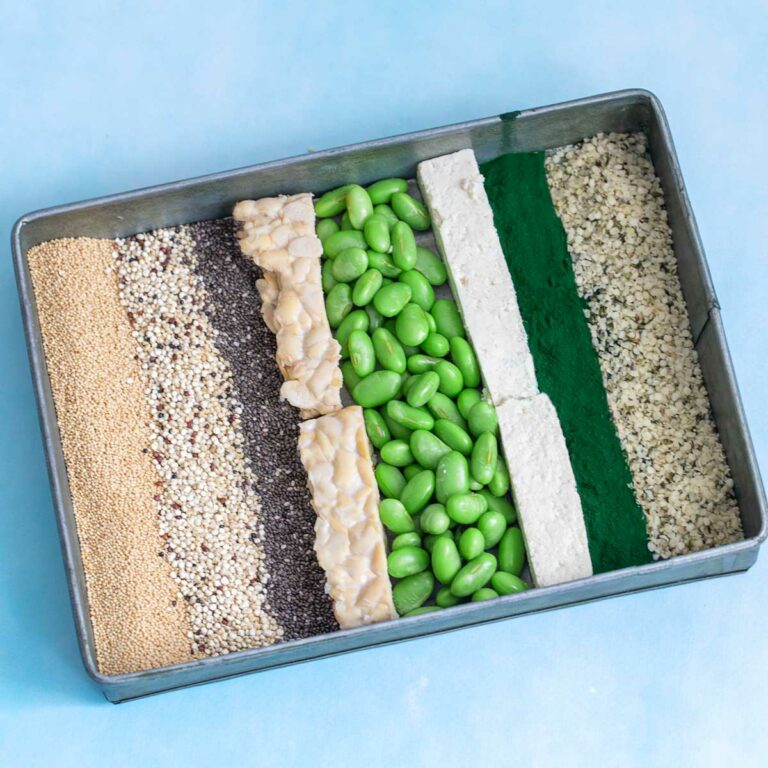
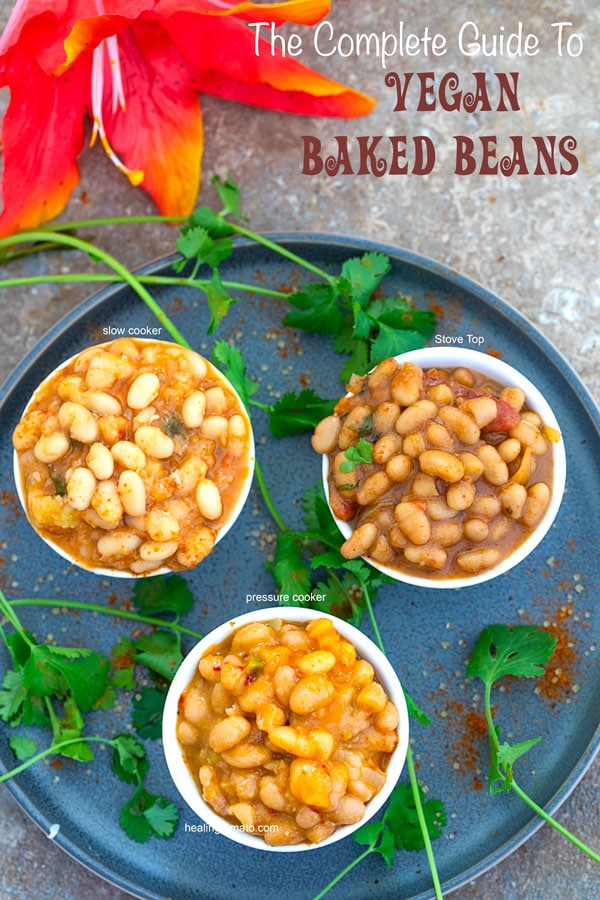
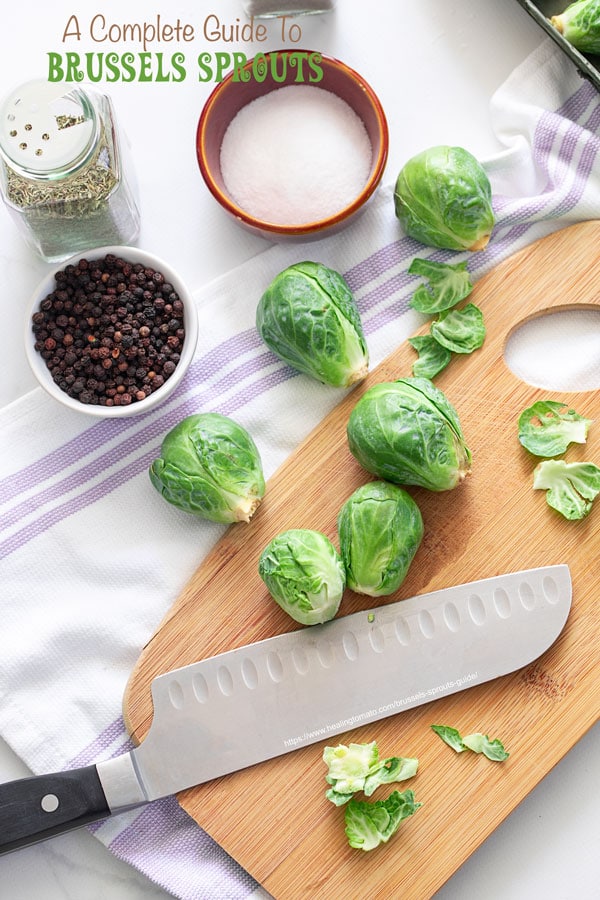
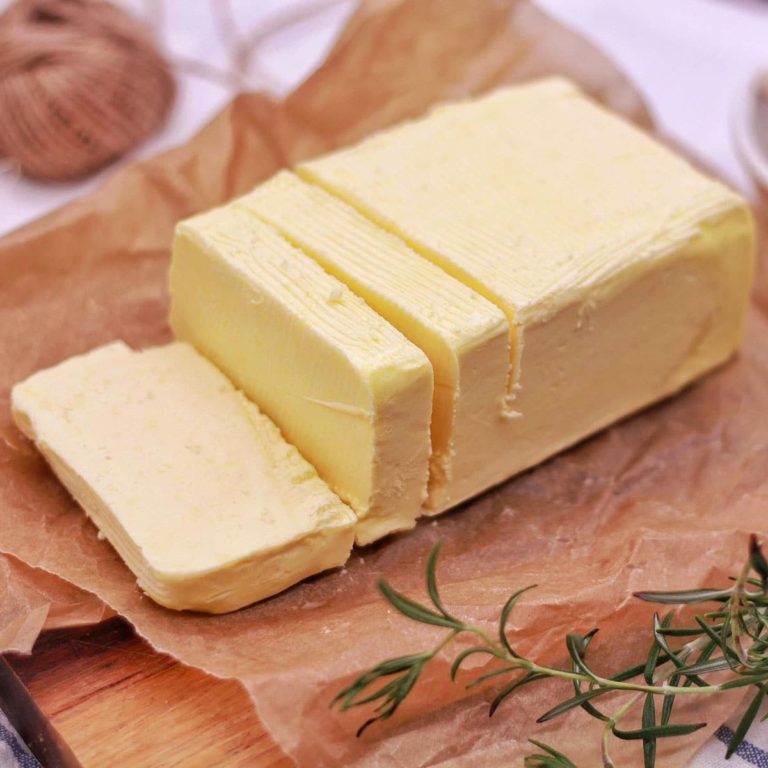
I always wondered what this term meant! Thanks for the explanation!
Thank you
Love this information on complete proteins. Looking for some appetizing ways to get more protein in my diet and this gave me some great ideas!
Thank you
My husband and I have been trying to eat a lot more vegan meals and one of my biggest concerns has been how to get enough protein. This article was so helpful and answered a lot of my questions about complete proteins. Thank you!
Thank you
Great tips! Getting enough amino acids, and especially the essential ones, is a game changer in terms of energy and health!
Thank you, Shelby
Glad I came across this post! Additional knowledge about complete protein allows me to be more aware of my family’s food intake! I just bookmark this!
Thank you, Sharina
Now I know! This post is so informative that I got to share it with my friends!
Thank you, Sharina
Great post with a lot of important information that was made easy to understand. So many people don’t understand the nuances of protein!
Thank you, Gina.
Fascinating! Thanks for the really informative article
Thank you, Rosanna.
This article is so interesting and informative. I know I don’t eat enough protein, and besides meat, I really don’t know what to eat for protein or the right amounts.
Thank you, Jere.
Thank you for this post. As I near menopause myself this is super useful info. I know I need to get much more protein in my diet and this helps me to make some great choices. Thanks again!
Thank you, Sharon. I am very happy to hear that.